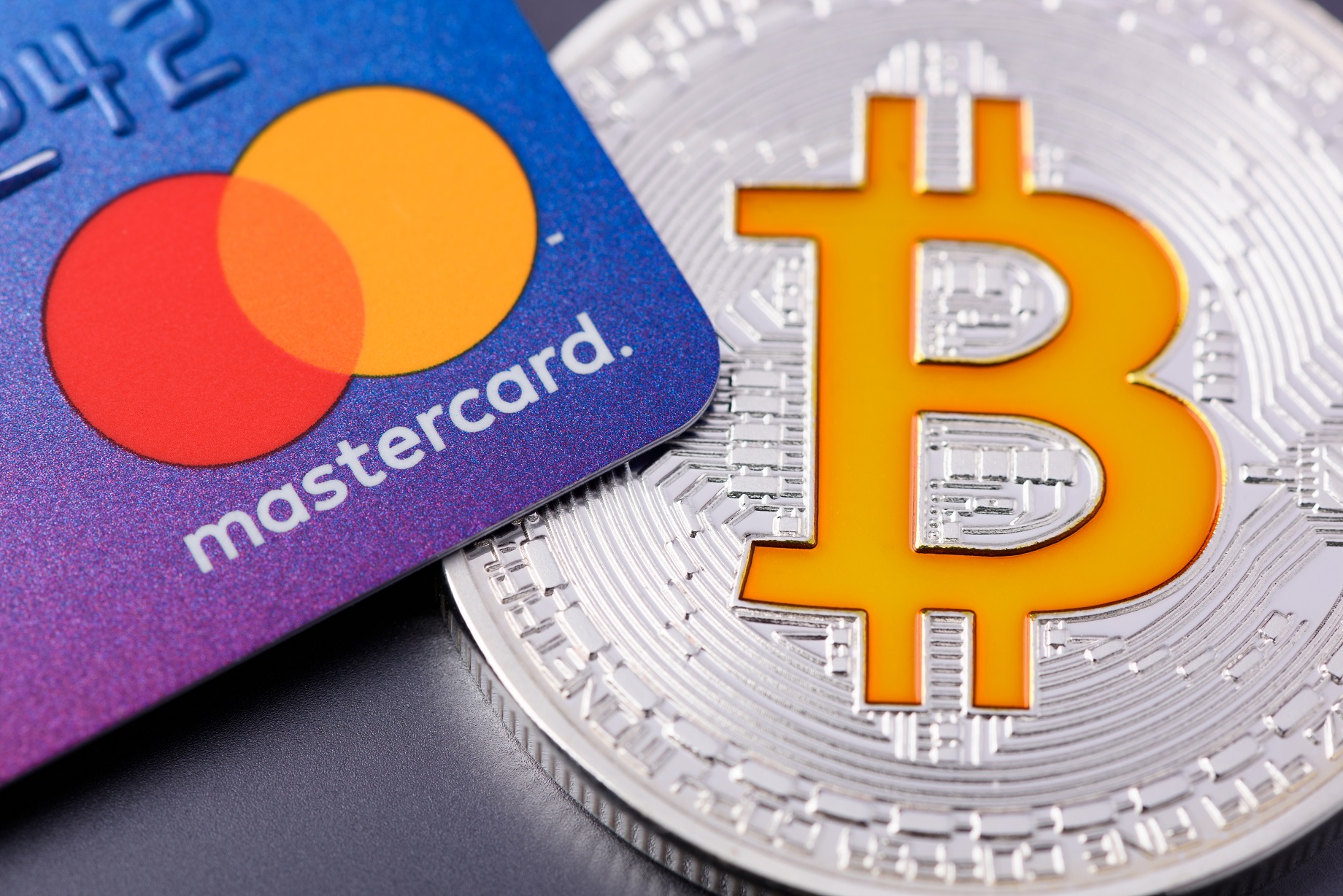
Join Our Telegram channel to stay up to date on breaking news coverage
Cybercriminals are finding new ways to infect your device. For instance, they might come after credentials or target users via phishing scams. However, cryptojacking is one of the threats that users might not be aware of.
So, what is cryptojacking? It is a combination of two words cryptocurrency and hijacking. Cryptojacking is a type of cyberattack in which a malicious actor uses your resources — usually your CPU or GPU power — to mine cryptocurrency without your permission.
The term was coined in 2017 by security firm TrendMicro, and the first known instance of cryptojacking occurred in September that year. In 2018, the attacks intensified further, making cryptojacking one of the biggest threats.
Moreover, if you want to protect yourself from falling prey to cryptojacking, use the information provided below in the article.
What happens during a cryptojacking attack?
Hacking victims’ devices to covertly mine cryptocurrencies is possible in two primary ways:
- By enticing the victim to click on a phishing link that installs crypto miner software on their computer. It is known as drive-by mining.
- The JavaScript-based malware is downloaded and auto-executed in the browser of unsuspecting users when they visit a website or view an online ad.
Once into the system, the software works in the background, mining for cryptocurrencies or stealing from cryptocurrency wallets. During this process, the victims can notice slower computer performance and heating issues to indicate something suspicious.
Of course, it can target other devices besides computers. However, since computers are usually more powerful, they might be the preferred targets.
How can you tell if your resources are exploited?
Unlike other types of malicious acts, cryptojacking scripts do not cause damage to computers or data. They do, however, utilize computer processing resources. Here are a few signs that you may be experiencing cryptojacking:
- Your computer’s performance is slow or sluggish.
- You notice unexplained spikes in your CPU or GPU usage.
- Your electricity bill is higher than usual.
- Your battery drains quickly.
- Your computer overheats/your device’s fan is always on.
- Websites you visit are unresponsive or crash frequently.
- You notice strange processes or programs running in the background.
- You see a website, and your browser starts mining cryptocurrency.
How can you protect yourself from cryptojacking?
There are a few things you can do to prevent cryptojacking:
- Use a reliable cybersecurity program. A comprehensive cybersecurity program can protect you from many online threats, including cryptojacking.
- Be careful when clicking on links. Even if they come from people you know, think twice before clicking links. The first step is to hover over the link and see where it will lead you.
- Keep your software up to date. Out-of-date software is one of the most common ways for cybercriminals to access devices. Keep all your software—including your operating system, browser, and plugins updated.
- Block JavaScript in your browser. Many cryptojacking attacks are delivered through malicious JavaScript code. Although blocking JavaScript prevents drive-by cryptojacking, it may also prevent you from utilizing the web functions that you require.
- Block webpages are known to deliver cryptojacking scripts. Ensure each site you visit is on a carefully verified whitelist to avoid cryptojacking while surfing. You can also ban websites notorious for cryptojacking, but your device or network may still be vulnerable to new cryptojacking sites.
- Be alert to the latest cryptojacking trends. Cryptojacking is a rapidly evolving threat. Keep up with the latest news and trends to help you stay ahead of the curve.
- Use browser extensions designed to block cryptojacking. Some extensions can block crypto-mining scripts, preventing them from running on your device.
- Use an adblocker. These can block the scripts used to conduct cryptojacking attacks. Because cryptojacking scripts are frequently distributed through online advertisements, using an ad blocker may be a successful technique to stop them.
- Secure data with backups. Be sure to regularly back up your data so that you don’t lose any crucial information in case of a cryptojacking attack.
- Use a VPN while internet surfing. A VPN for PC encrypts your internet traffic, making it difficult for anyone to see what you’re doing online. Additionally, some tools include features for blocking cryptojacking and similar malicious attacks. Therefore, a Virtual Private Network is a powerful application that can protect your connection and device.
Conclusion
Cryptojacking is a sneaky way to exploit your resources for crypto. Keep yourself safe by downloading files from reputable sources and keeping up with the most recent security patches. By taking these steps to secure yourself, you can help ensure that you don’t become a victim of this growing problem.
Join Our Telegram channel to stay up to date on breaking news coverage
- SEO Powered Content & PR Distribution. Get Amplified Today.
- Platoblockchain. Web3 Metaverse Intelligence. Knowledge Amplified. Access Here.
- Source: https://insidebitcoins.com/news/cryptojacking-a-sneaky-way-to-exploit-your-computer-resources



